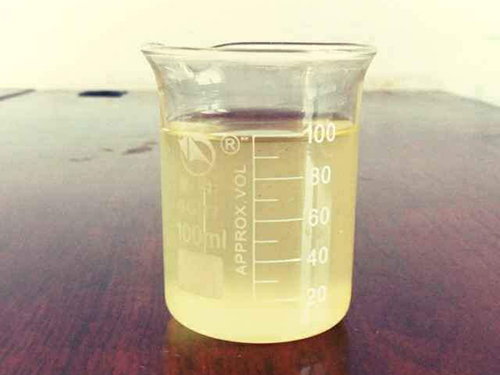Coagulation and Flocculation Techniques for Effective Water Treatment Solutions
Understanding Coagulants and Flocculants Key Components in Water Treatment
Water treatment is an essential process for ensuring that drinking water is safe and free from harmful contaminants. Among the various methods employed to purify water, the use of coagulants and flocculants stands out as fundamental techniques. While they are often mentioned together, they serve distinct roles in the water treatment process.
What are Coagulants?
Coagulants are chemical compounds added to water to initiate the coagulation process, which aids in the removal of suspended particles, colloids, and other impurities. The primary goal of coagulation is to destabilize the fine particles that are naturally suspended in the water. When these fine particles are destabilized, they begin to clump together, forming larger aggregates known as flocs.
Common coagulants include aluminum sulfate (alum), ferric chloride, and polyaluminum chloride. The process typically begins with the rapid mixing of the coagulant into the water, ensuring that it thoroughly interacts with the suspended particles. This initial step is crucial as it sets the stage for effective floc formation.
The Role of Flocculants
Flocculants are polymers that facilitate the agglomeration of the fine particulates into larger, settleable flocs after coagulation has taken place. While coagulants disrupt the stability of the particles, flocculants enhance the binding of these destabilized particles together. This process is known as flocculation, and it typically involves gentle mixing, allowing time for the small flocs to collide and aggregate into larger masses.
Flocculants can be natural or synthetic, with varying characteristics that influence their effectiveness in different water treatment scenarios. The most commonly used flocculants include anionic, cationic, and nonionic polymers, each selected based on the nature of the water being treated and the specific contaminants present.
coagulant flocculant

The Process of Coagulation and Flocculation
The cooperation between coagulants and flocculants can be illustrated in a typical water treatment scenario. Initially, raw water containing sediments, organic matter, and microorganisms is treated with coagulants. This step leads to the de-stabilization of the fine particles. Following this, flocculants are introduced to enhance the formation of larger flocs from these destabilized particles.
Once the flocy formation process is complete, the water moves to the sedimentation stage. The larger flocs settle to the bottom of the treatment tank, allowing for clearer water to rise to the surface. This clarified water can then undergo further purification steps, such as filtration or disinfection, before being deemed safe for consumption.
Environmental Considerations
While coagulants and flocculants play an essential role in water treatment, it is vital to consider their environmental impact. Some coagulants may introduce residual chemicals into the treated water. Thus, water treatment facilities must monitor and manage these substances to minimize any potential adverse effects on the environment and human health.
In recent years, there has been a growing trend towards the use of environmentally friendly coagulants and flocculants. Natural alternatives derived from plant extracts or biodegradable synthetic polymers are being explored and developed. These options not only enhance the sustainability of water treatment processes but also reduce the dependency on harmful chemicals.
Conclusion
Coagulants and flocculants are indispensable components of modern water treatment processes. Their ability to promote the removal of suspended particles significantly enhances water clarity and quality. By understanding their roles, water treatment professionals can optimize their use, leading to effective and environmentally friendly purification practices. As the demand for clean water continues to rise, innovations in coagulant and flocculant technology will be crucial in ensuring safe drinking water for communities worldwide.
-
lk-319-special-scale-and-corrosion-inhibitor-for-steel-plants-advanced-solutions-for-industrial-water-systemsNewsAug.22,2025
-
flocculant-water-treatment-essential-chemical-solutions-for-purification-processesNewsAug.22,2025
-
isothiazolinones-versatile-microbial-control-agents-for-industrial-and-consumer-applicationsNewsAug.22,2025
-
scale-inhibitor-key-solutions-for-water-system-scale-preventionNewsAug.22,2025
-
organophosphonates-versatile-scale-inhibitors-for-industrial-water-systemsNewsAug.22,2025
-
scale-and-corrosion-inhibitor-essential-chemical-solutions-for-water-system-maintenanceNewsAug.22,2025





